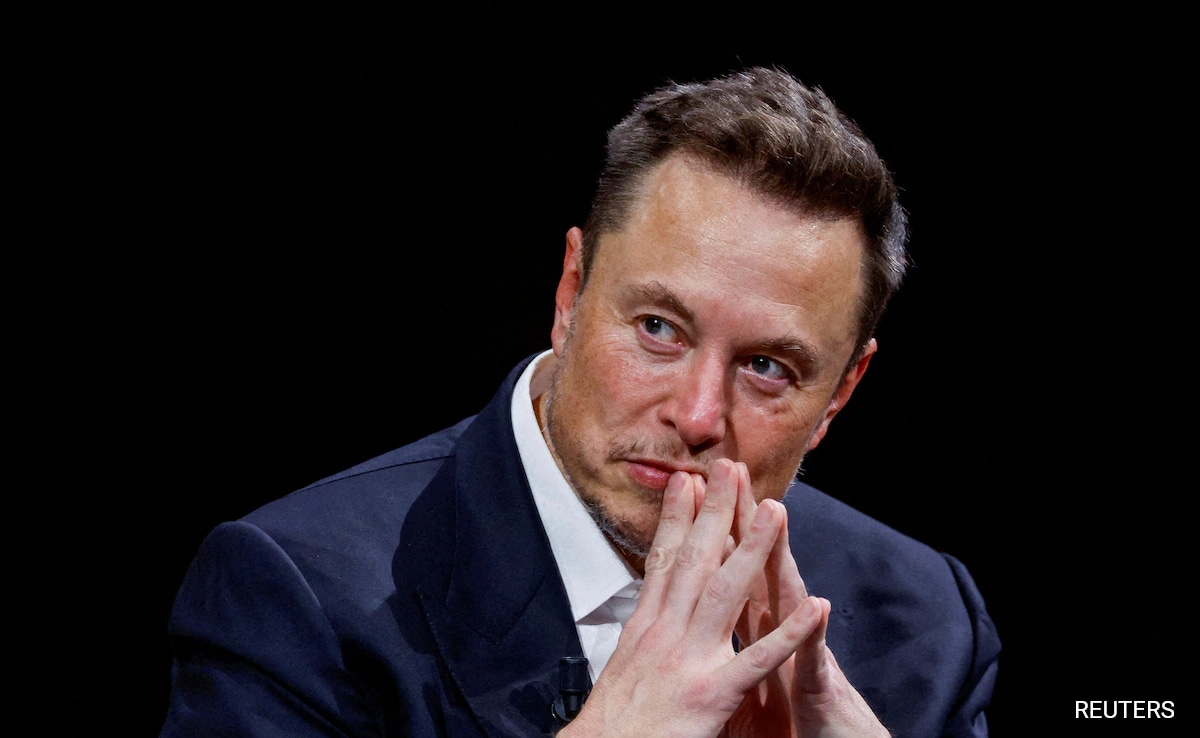According to the International Energy Agency (IEA), India’s natural gas demand is expected to grow by 6 percent in 2024 with increase in consumption in fertilizer units, power generation and industrial sectors. After a 7 per cent year-on-year decline seen in 2022, India’s primary gas supply is expected to grow by 5 per cent in 2023, with the increase mainly driven by the petrochemical, power generation, refinery and industrial sectors.
“Natural gas demand in India is expected to grow by 6 per cent in 2024, primarily supported by higher gas use in industry (including the fertilizer sector) and strong gas burn in the power sector amid national pipeline grid and city growth. Gas infrastructure,” the IEA said in a gas market report released last week. India’s natural gas demand was expected to increase to 64 billion cubic meters in 2023.
Liquefied natural gas (LNG) imports rose 7 percent last year to 29 billion cubic metres, with 44 percent of the country’s natural gas consumption dependent on imports. Domestic output rose 6 per cent to 35 billion cubic meters this year due to increased output from Reliance Industries’ KG-D6 block. We expect India to increase its LNG imports by 7 percent in 2024, driven by demand from the power and fertilizer sectors, as the country plans to phase out urea imports by 2025,” the IEA said.
Natural gas extracted from below the surface and seabed is used to make fertilizers, generate electricity, convert it into CNG to run automobiles, pipe it to homes for cooking, and as a fuel and feedstock in industries. Is. India’s domestic production is inadequate to meet the demand and hence the fuel in cryogenic ships is imported in the form of LNG.
Power companies plan to import 2.32 billion cubic meters of LNG in 2023, about 9 percent of total imports and up 76 percent on the year. In November 2023, India approved mandatory blending of compressed biogas in domestic gas supplies. It will be set at 1 per cent of total compressed natural gas and domestic piped natural gas consumption from 2025, and gradually increased to 5 per cent from 2028-29.
On reforms, the IEA said, “India continues to pursue gas market reforms in 2023. “The country introduced an integrated pipeline tariff system on April 1, which may benefit consumers located away from domestic gas supply sources and/or from LNG terminals.” Apart from market reforms, India is considering setting up strategic gas reserves to enhance gas supply security.
The Petroleum and Natural Gas Regulatory Board (PNGRB) introduced the Unified Tariff (UFT) policy in April 2023 to create a single, consistent and fair tariff structure for natural gas transportation across the country. The UFT policy will apply to a network of 21 pipelines, representing approximately 90 percent of pipelines in operation or under construction.
The price of gas transportation consists of two components – a fixed unified tariff based on the levelized cost of serving the entire pipeline network, and a variable regional factor based on distance. “UFT policy aims to create a more stable, competitive and transparent pricing regime, which should benefit both gas supply and demand. This is expected to help the government achieve the ‘One Nation One Grid One Tariff’ model.
The IEA said India has approved a national green hydrogen mission in January 2023. The mission targets producing at least 5 million tonnes of green hydrogen every year by 2030, “with the potential to reach 10 million tonnes with the growth of export markets”. It proposes two separate financial incentive schemes to support domestic manufacturing of electrolyzers as well as production of green hydrogen. The initial outlay of the mission is approximately US$2.4 billion.
Follow us on Google news ,Twitter , and Join Whatsapp Group of thelocalreport.in
















